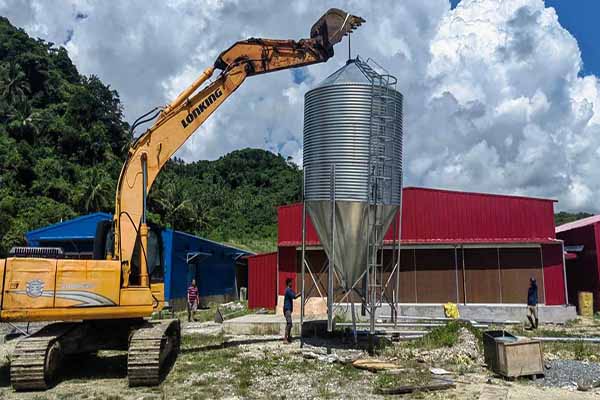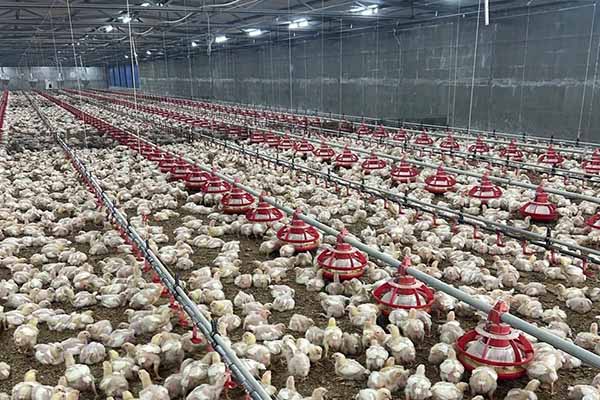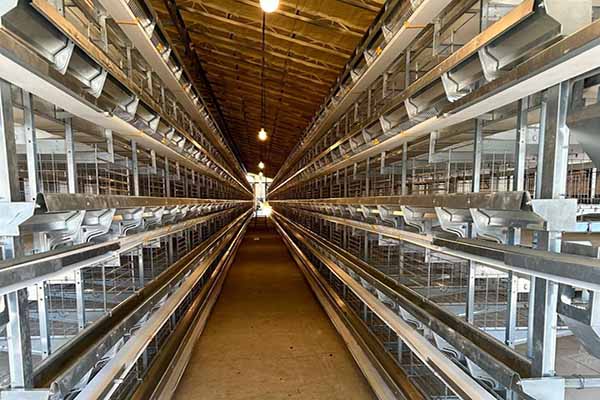Layer Egg Farming Business Plan: A Comprehensive Guide
Time : 2025-06-30
Starting a layer egg farming business requires a well-thought-out business plan. This guide will provide you with a comprehensive plan that includes market analysis, equipment requirements, financial projections, and operational strategies. Whether you are a beginner or an experienced farmer, this article will help you navigate the complexities of layer egg farming.
Executive Summary
Your executive summary should briefly outline the purpose of your layer egg farming business, the target market, the business model, and the financial overview. It should be concise yet compelling, giving potential investors or partners a clear understanding of your business.
Market Analysis
Industry Overview
The layer egg farming industry is a vital component of the global food supply chain, providing a significant source of protein for consumers worldwide. The market is driven by population growth, increasing demand for eggs, and the health benefits associated with consuming eggs.
Target Market
Identify your target market based on factors such as geographical location, demographics, and income levels. For example, your target market could be urban households, restaurants, or food service providers.
Competitive Analysis
Analyze your competitors to understand their strengths and weaknesses. This will help you position your business effectively and differentiate your products. Consider factors such as pricing, quality, and distribution channels.
Business Model
Layer Production System
Choose a layer production system that suits your business goals and resources. Common systems include deep-litter, cage-free, and free-range. Each system has its advantages and disadvantages, so select the one that aligns with your values and market demand.
Marketing Strategy
Develop a marketing strategy that includes online and offline channels. Utilize social media, email marketing, and local farm markets to reach your target audience. Focus on promoting the health benefits and quality of your eggs.
Equipment Requirements
Brooder Equipment
Brooder equipment is essential for hatching and raising chicks. This includes brooders, heat lamps, waterers, and feeders. Choose equipment that is durable, easy to clean, and suitable for your production system.
Layer Housing
Select layer housing that provides adequate space, ventilation, and lighting. Consider factors such as ease of cleaning, temperature control, and biosecurity. Common housing options include conventional cages, free-range pens, and barns.
Feeding Equipment
Invest in high-quality feeding equipment that ensures proper nutrition for your laying hens. This includes feeders, waterers, and automated feeding systems. Proper feeding is crucial for egg quality and hen health.

Manure Management
Implement an effective manure management system to minimize en vironmental impact. Options include composting, biogas production, or selling manure to local farmers for use as fertilizer.
vironmental impact. Options include composting, biogas production, or selling manure to local farmers for use as fertilizer.
Financial Projections
Start-up Costs
Calculate your start-up costs, including equipment, feed, labor, and construction. Be realistic and include contingencies for unexpected expenses.
Operating Costs
Estimate your ongoing operating costs, such as feed, utilities, labor, and maintenance. Keep in mind that these costs can vary depending on factors such as location, scale of operation, and market conditions.
Revenue Projections
Develop revenue projections based on market demand, pricing strategy, and expected egg production. Consider factors such as egg prices, yield per hen, and marketing margins.
Operational Strategy
Employee Training
Invest in training for your employees to ensure they are proficient in layer farming techniques. This includes biosecurity protocols, feeding, and egg collection.
Health Management
Implement a comprehensive health management program to prevent and treat diseases. This includes regular veterinary visits, vaccination programs, and monitoring hen health.
Quality Control
Maintain strict quality control measures to ensure the highest standards of egg production. This includes regular testing, adherence to food safety regulations, and continuous improvement of production processes.
Conclusion
Starting a layer egg farming business requires careful planning and a thorough understanding of the industry. By following this business plan, you can increase your chances of success and contribute to the global food supply chain. Remember to stay flexible and adapt to market changes as needed.












